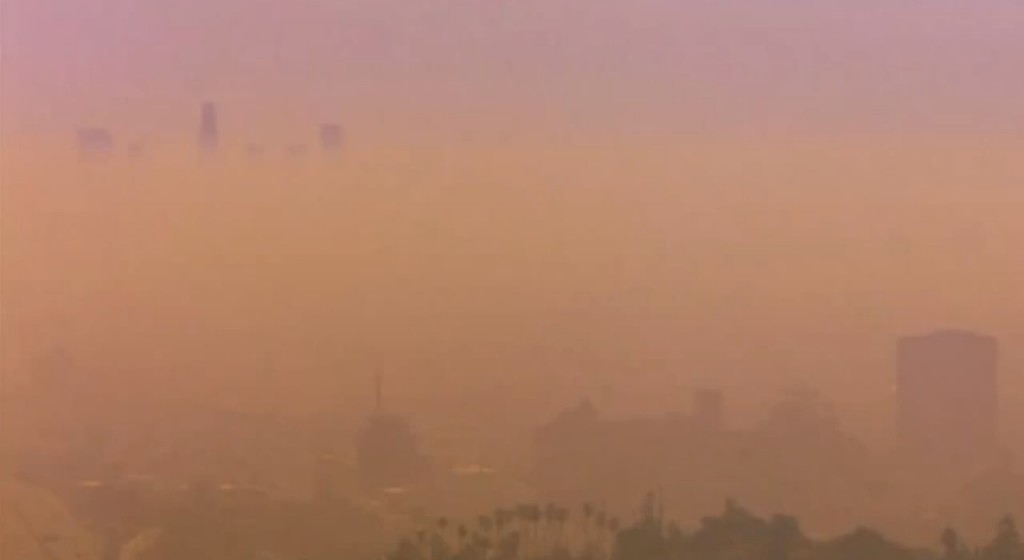For 50 years now, California has been at the very forefront of reducing vehicle emissions.
It was doing so before the U.S. Environmental Protection Agency was even formed, and its powerful Air Resources Board has been a vital force in getting plug-in electric vehicles onto the state's roads.
Despite the national political currents, the state will clearly continue to push for more zero-emission vehicles.
DON'T MISS: Will California lead the green-car resistance?
In fact, a recent report from the Board says that advances in battery-electric vehicles have come faster than it expected only a few years ago.
That was when it set the current zero-emission vehicle sales requirements for the state that sit on top of the national emission standards for 2012 through 2025 that were just finalized by the EPA.

Light-duty vehicle type scenario, now-2050 (California Air Resources Board)
Now, CARB has released a new and detailed evaluation of the state's Zero Emission Vehicle program, weighing in at more than 650 pages.
It says, among other things, that progress in electric cars has advanced faster than it expected even in 2012, when the first modern plug-in cars were just starting to hit the road in volume.
And, crucially, the report recommends that CARB begin the process of extending its zero-emission vehicle sales mandate past their current plateau in 2025.
That means requiring a higher percentage of ZEV sales than the 2025 level in subsequent years.
CHECK OUT: EPA finalizes emission rules through 2025; no change from existing levels
The report lays out the technical evidence leading to that conclusion.
Among items noted are record sales of plug-in electric vehicles last year, and the launch of the 2017 Chevrolet Bolt EV with its 238-mile rated range at a price below $40,000 before incentives.
It notes that the auto industry has managed to meet emission standards handily, at a lower cost than projected, largely using known technologies rather than exotic and unproven new creations.

Chrome exhaust pipe
With more than 70 plug-in hybrid and battery-electric models expected to be available by 2020, the Board projects that new vehicles in 2025 will emit 75 percent less smog-forming pollutants and nearly 50 percent less greenhouse-gas emissions than those on sale in 2012.
The report stemmed from a mid-cycle review of the California standards, just like that recently completed for national emission limits by the EPA.
It recommends that the ZEV standards be further increased, though not starting in 2022 (which had been on the table) but starting in 2026.
The most recent analysis—using the latest updates to technical assumptions—concluded that automakers would only need ZEV sales of roughly 8 percent in 2025 to meet its targets, down from the 15 percent it had originally projected.

1970s Los Angeles smog depicted in the Honda short film
That would equate to about 1.1 to 1.2 million vehicles, rather than the previous state target of 1.5 million zero-emission vehicles.
The Union of Concerned Scientists has a nice post on California’s Zero Emission Vehicle program that explains its requirements in more detail.
_______________________________________













